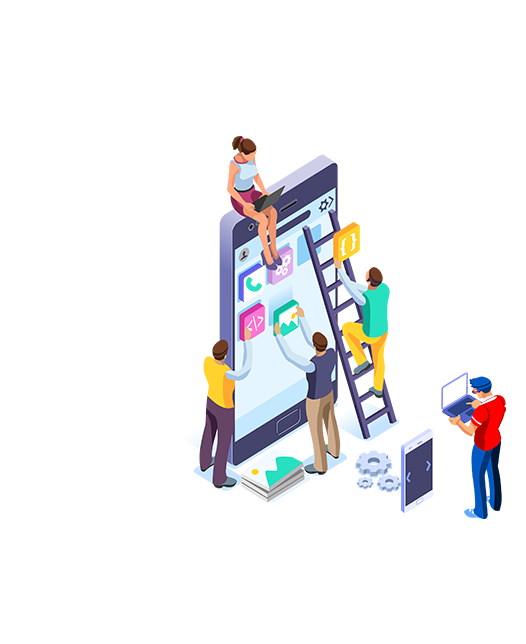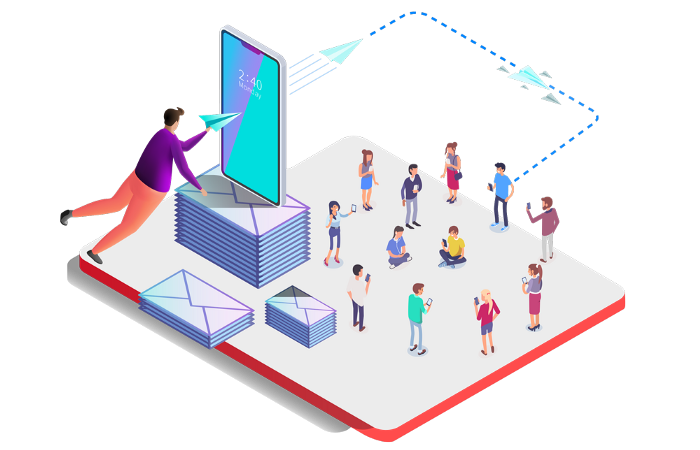When you place your order on the restaurant iPad, you are asked whether you want to receive information about special offers through SMS. This is a way of ensuring customer loyalty so that restaurants can take instant action by sending offers and promotions while customers are still eating. The open rate of SMS is 98% and restaurants love how useful it is.
The practice of SMS marketing has been an essential part of business strategy. Sending SMS is only a matter of seconds. It is fast, reliable and safe. Furthermore, it provides a huge opportunity to increase sales. It allows you to increase the overall satisfaction rate by sending promotion alerts, discount coupons, contest alerts, important information and so on. But how do businesses use SMS?
By collecting consumer information, businesses can send hundreds or thousands of messages through SMS. The SMS messaging provider offers an SMS API gateway to ensure a hassle free experience for sending bulk SMS. An SMS API is the programming software that allows you to integrate with your existing applications to send bulk messages.

Kirusa, a global leader in communication solutions, offers SMS APIs for developers. This means that developers can run communication campaigns on the cloud-based CPaas portal, otherwise known as Kirusa Konnect by invoking the Konnect APIs.
The SMS gateway protocol links the application of one system with another. It provides a passage for enterprises to create their own messaging service with the help of a third-party offering extensive reach and connectivity. Sending messages will be extremely tedious and laborious without SMS integration, indeed. The way in which SMS API works is through easy integration with the help of technical documentation and last but not the least, reliability.
Enterprises’ two-way messaging format can be easily implemented. For example, the outbound API can be used to send a password to validate a user’s identity on his mobile. Other examples of outbound API include sending season greetings, announcements about offers and promotions, transaction summary and so on. The inbound API, on the other hand, can be used to receive customer feedback, trigger subscription to a service, enhance customer engagement and lead generation.
Kirusa Konnect allows the data analytics team to record real-time responses during the process of running a campaign on the Konnect dashboard. The enterprises can test whether the service is working smoothly by logging onto Konnect.
We are surrounded by APIs everywhere.

For example, consider this hypothetical situation. A cyclone strikes a city. With the help of outbound SMS API, the government can inform the citizens of the country and spread awareness.
After you are done with the billing at the cash counter, you receive a message saying ‘thank you for shopping with us’ or promotional texts. Malls like Walmart use APIs to integrate with their existing CRM system and send these messages.
Another example among many would be the banking sector. Banks send OTP authentication messages using the APIs to verify the customer’s identity.
We are convinced that we would not be living in the world of digitalization without APIs.
